
by Jennifer Bearden | Mar 6, 2020
I always start my answer (like any good soil scientist) with, “It depends!” If your soil pH is low, I would recommend a liming material. If your soil pH is close to the target pH, I would recommend other calcium sources. Not all calcium sources are equal in their...
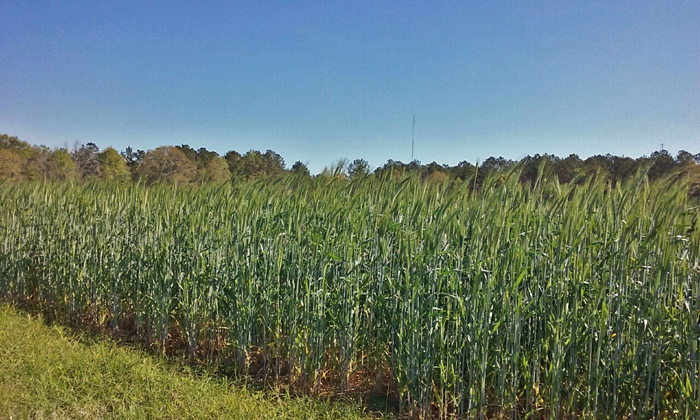
by Libbie Johnson | Mar 6, 2020
Alabama Extension Educational Events have been postponed all across Alabama through April 10, to minimize the spread of Corona Virus 19. Alabama Cooperative Extension will host the 2020 Wiregrass Cover Crop Field Day on Thursday, March 26th. Registration will take...
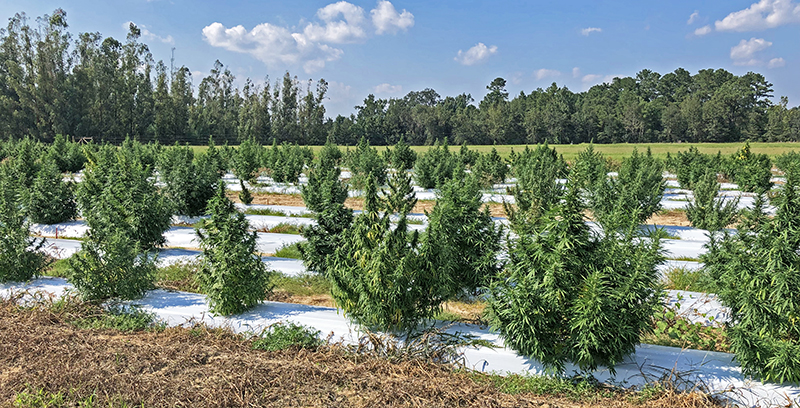
by Josh Freeman | Feb 28, 2020
Josh Freeman, Associate Professor of Horticultural Sciences, University of Florida, and Rui Yang, Post-Doctoral Associate, University of Florida If you’re involved in agriculture, chances are you have heard about industrial hemp (IH) production in the last couple...
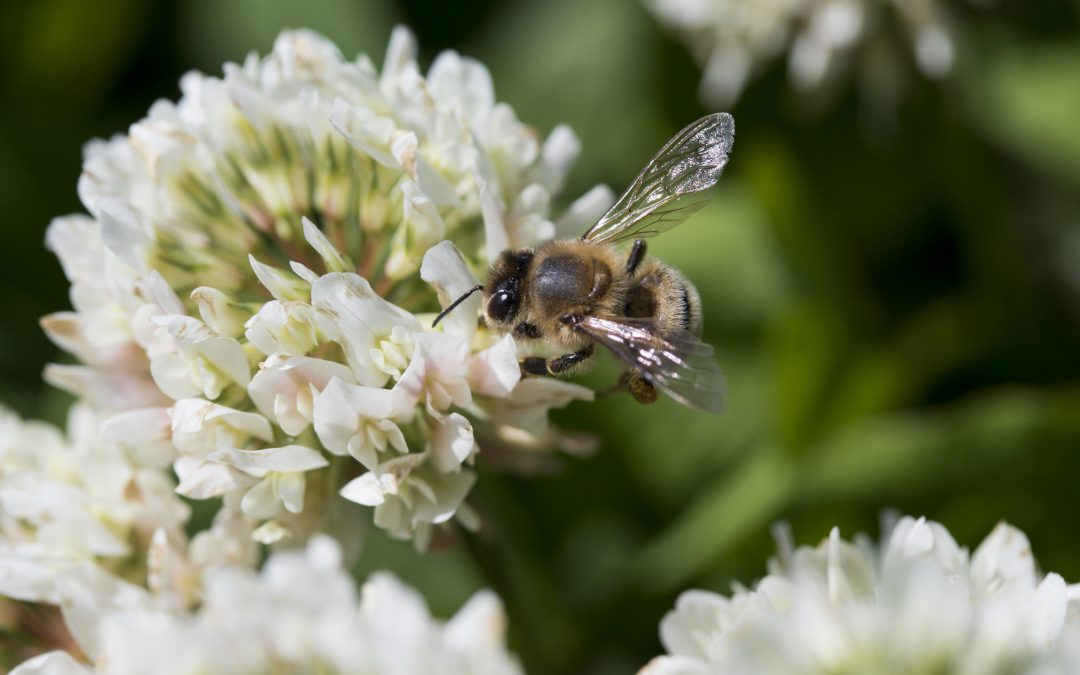
by Libbie Johnson | Feb 28, 2020
Throughout the Southeast, anyone driving in the countryside will come across beautiful green fields planted with cover crops in cash crop fields or in pastures used for livestock grazing. Often, a single species is planted, but some growers uses mixes in their...
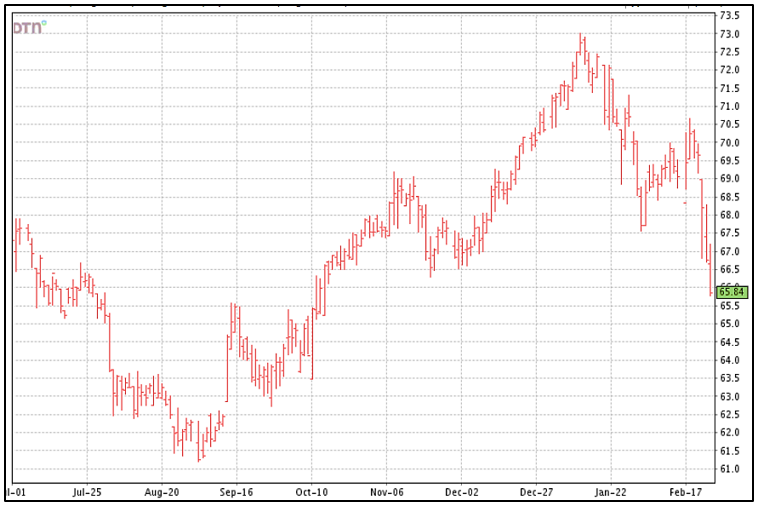
by external | Feb 28, 2020
Don Shurley, UGA Professor Emeritus of Cotton Economics The coronavirus is the big factor in the news lately. It’s hard to separate fact from rumor, or know how much to believe what you hear in the news. I believe what we hear is a mix of the facts seasoned with...
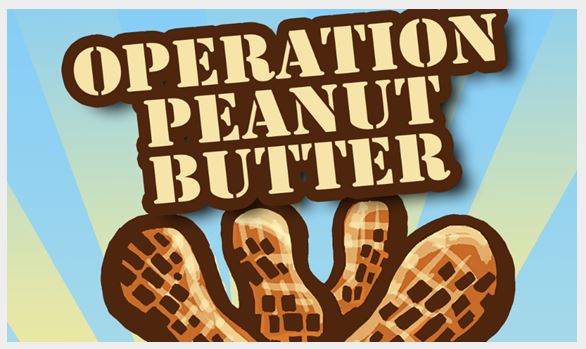
by Libbie Johnson | Feb 28, 2020
In 2016, the National Peanut Board, Georgia Peanut Commission, Florida Peanut Producers, Alabama Peanut Producers Association, Virginia-Carolina Peanut Promotions, Southern Peanut Growers and American Peanut Council launched the online peanut learning game, Operation...







